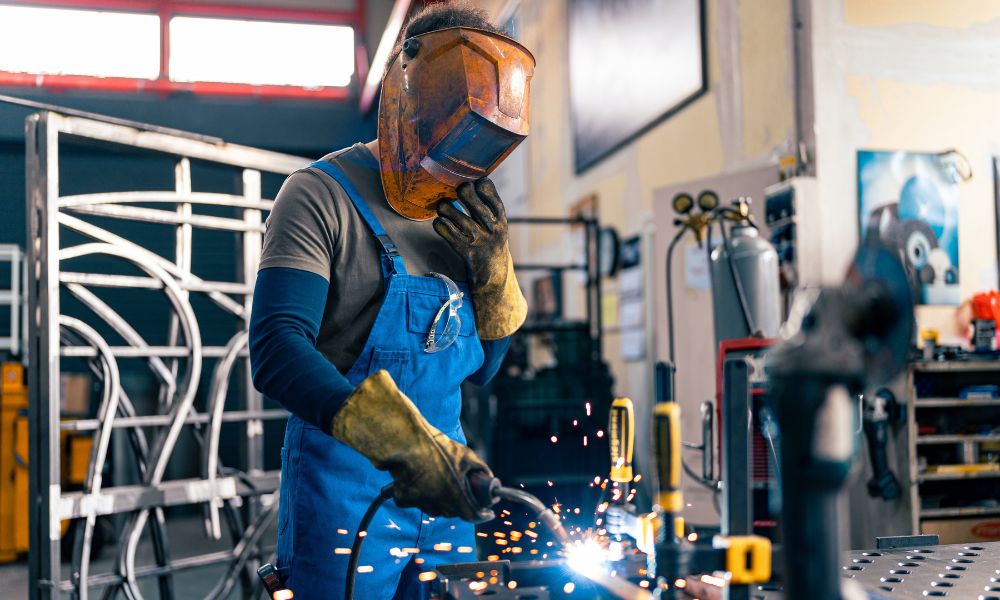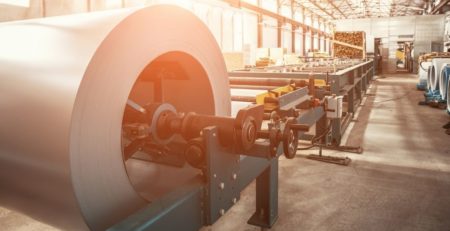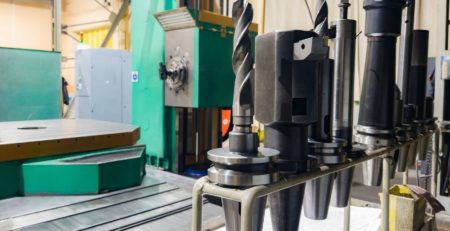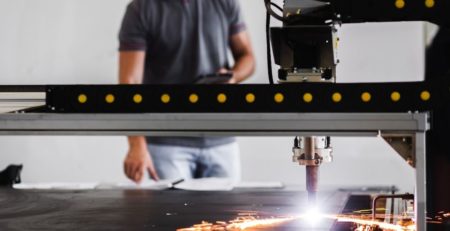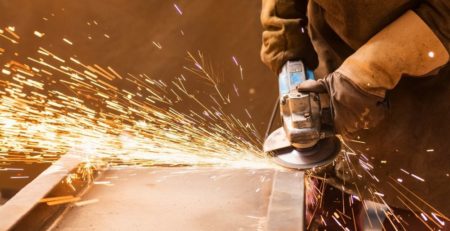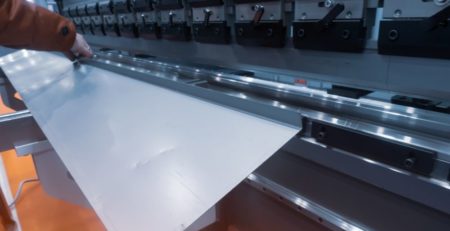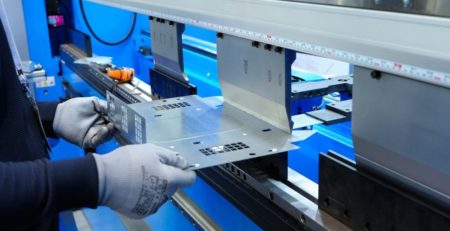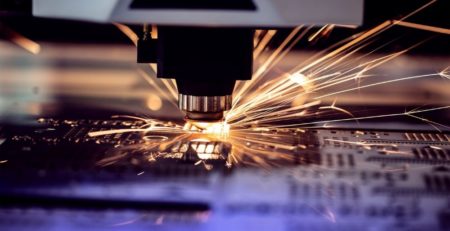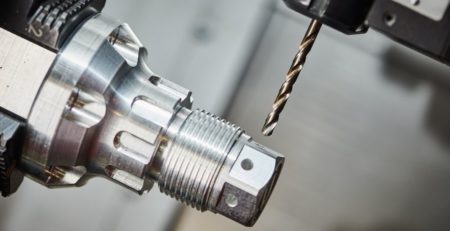How To Keep Your Metal Fabrication Shop OSHA Compliant
Some workplaces maintain a culture that regards OSHA-required safety standards as nuisances and examples of regulatory overreach. Don’t allow those ideas to influence your shop’s culture.
Safety starts at the top, where leadership demonstrates a commitment to worker safety and maintaining a shop that puts employee health and safety first. Knowing how to keep your metal fabrication shop OSHA-compliant and modeling a culture of safety will reduce the risk of costly worker injuries and production downtime, and help your shop avoid fines and shutdowns associated with lax safety enforcement in the long run.
Ignoring OSHA regulations can put both your business and employees at risk. Opportunities for injury and health hazards are abundant in metal fabrication environments, whether workers are operating heavy machinery, moving materials, or using metal-cutting methods that generate toxic fumes.
Taking a proactive approach to worker health and safety will help keep your machines up and running, your workforce healthy and able to perform, and the quality of your products high. It’s the shop owner’s responsibility to create a culture of safety, and the shop manager’s task to ensure all workers stay informed about OSHA-required safety measures. Failing to do so can lead to hefty fines or even forced closure of your business in extreme cases. Explore required Occupational Safety and Health Administration requirements that will help you maintain safe and efficient production levels.
Understand OSHA’s Regulations for the Metal Fabrication Industry
The Occupational Safety and Health Administration (OSHA) has outlined several key requirements for metal fabrication shops to ensure worker safety. These key requirements include the implementation of hearing protection measures, with a limit set at 85 decibels for an eight-hour work shift, and a recommendation of no more than 15 minutes of exposure to 110 decibels or more.
Safe handling of sheet metal and other materials is another crucial aspect of shop safety. In addition to ear protection under noise regulations, shops should provide workers with additional appropriate personal protective equipment (PPE), such as special gloves for welding and handling sharp edges and heat.
OSHA also provides specific regulations for dealing with and communicating about toxic and hazardous substances common in metal fabrication. Companies must also deploy machine guards, train workers on safe equipment use, and maintain a strong focus on the identification and prevention of safety hazards. Leadership should promote a culture of safety for regulatory compliance and to demonstrate genuine care and concern for their team members. Take a deeper look at some of these safety concerns:
Material Handling and Walking Surfaces
Accidents related to material handling and walking surfaces are common in the metal fabrication industry, with tripping or slip-and-fall hazards and unsecured materials posing risks to employees. Ensure that all flooring surfaces are clean, dry, and free of debris and that workers store their materials securely on properly designed structural steel fabrication equipment to maintain safety.
How workers place their materials on and lift them off powerful structural steel fabrication equipment is an example of materials handling which, if done carelessly or without adequate training, could result in serious injury. Mac-Tech is available to provide training on the metal fabrication machinery we sell for every level of team member at your shop, including important safety procedures.
Electrical Hazards
Working with electric tools and equipment exposes metalworkers to potential electrical hazards. Implementing safety measures such as proper grounding, the correct usage of extension cords, and regularly inspecting electrical components ensure that risks remain at a minimum.
Toxic Fumes and Hazardous Materials
Exposure to toxic fumes and hazardous materials is a significant concern in metal fabrication shops. Proper ventilation systems, protective equipment, and secure storage help maintain employees’ well-being and reduces their exposure to dangerous substances like hexavalent chromium, silica, and toxic gases and fumes from welding or cutting machines.
Limb Injuries
Metal fabrication machinery can crush or amputate fingers or entire limbs if adequate safety measures are not in place. Wearing appropriate PPE (personal protective equipment), maintaining machines, ensuring machine guards are in place and undamaged, and enforcing proper training is essential to prevent these types of injuries.
Severe Burns
Working with high temperatures can result in severe burns for metalworkers. Ensuring the availability of protective gear, frequent safety briefings, and strict adherence to safety procedures will help minimize burn-related incidents.
Risks to Eyesight
Metal fabrication processes can expose workers to risks involving their eyesight, due to sparks, debris, radiation, or even lasers. Encourage the use of adequate eye protection such as goggles and face shields to reduce potential eye injuries.
Heads and Feet
Protecting workers’ heads and feet from falling objects, sharp edges, and heavy machinery is vital. Provide safety helmets and appropriate footwear to safeguard employees and help prevent potential accidents.
Respiratory Risks
Respiratory risks from welding fumes and other airborne contaminants can be hazardous to metalworkers. Utilize ventilation systems, personal respirators, and frequent air quality assessments to protect workers from respiratory hazards.
Metalworker Training
Ensuring that all employees receive adequate training to perform their tasks safely is essential. Investing in regular and comprehensive metalworker training programs will increase workplace safety and productivity in the long run.
Emergency Action Plan
OSHA requires you to have a written Emergency Action Plan (EAP) in place if you have more than ten employees. Such a plan ensures a prompt and organized response to any emergencies that may occur, from natural disasters to fires to hazardous spills. Your EAP should include emergency exits, clearly labeled hazard zones, and regular drills.
Maintaining OSHA compliance in metal fabrication shops protects your team members and enhances productivity levels. Shop owners and managers should take these safety precautions seriously and incorporate them into everyday operations, ensuring a safe and efficient working environment.
In addition to protecting employees, OSHA compliance in metal fabrication shops can minimize the chances of incurring any fines or penalties resulting from improper safety protocols. Shop owners must ensure they comply with OSHA requirements on employee training, material handling, personal protective equipment, ventilation, hazardous materials handling, labeling, storage, and proper communication of workplace safety and risks to all employees.
Workers must regularly complete their maintenance logs and equipment checklists to ensure their equipment and machine guards are working properly. Implementing, exemplifying, and embodying these safety measures will result in an improved work safety culture with a higher overall safety standard.
References:
https://www.southernmetalfab.com/blog/five-osha-best-practices-safety-fabricators/
https://www.thefabricator.com/thefabricator/article/safety/osha-shines-spotlight-on-metal-fabricating
https://isfa.memberclicks.net/osha-s-focus-on-safety-in-hard-surface-fabrication-shops-a-look-at-the-top-10-safety-citations-over-the-past-year


